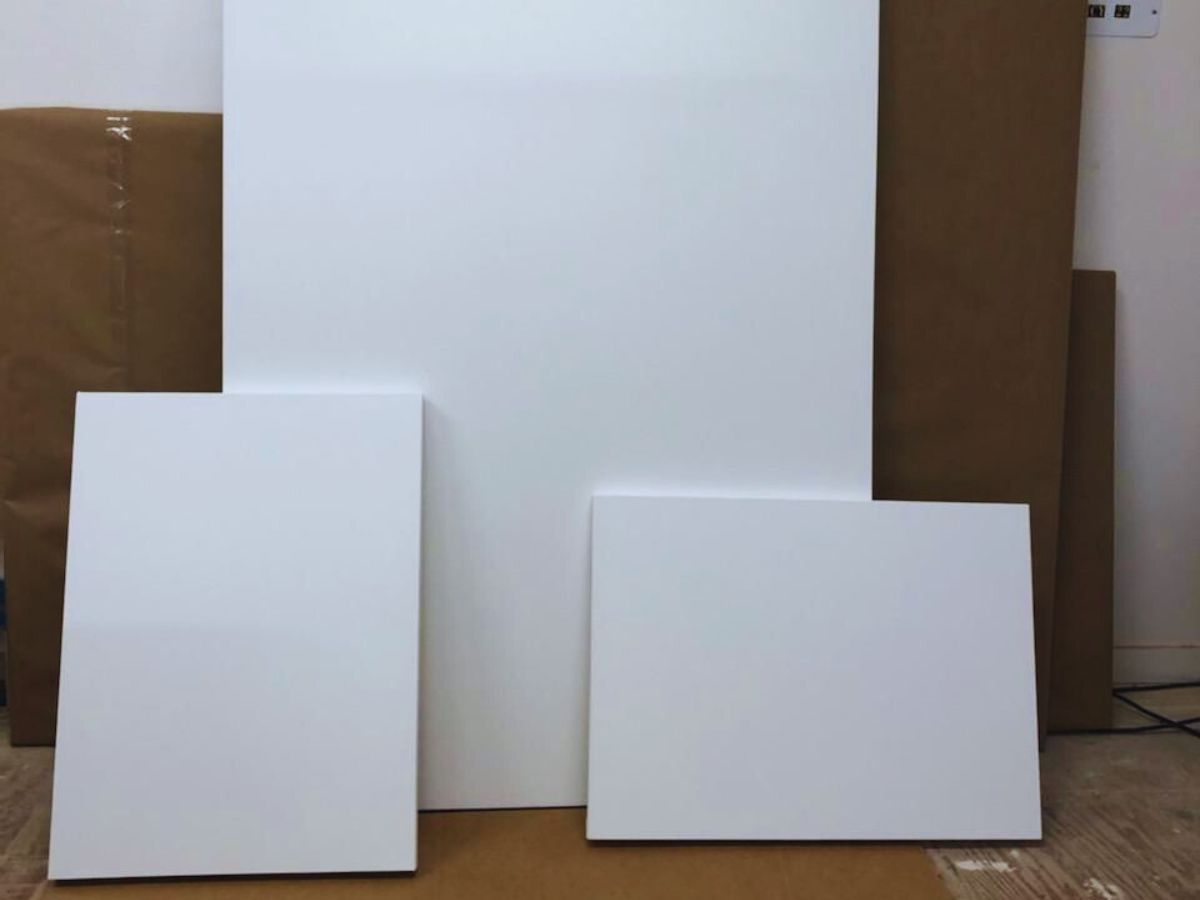
Small vs. Large Canvases: Which Size Is Right for Your Painting?
Choosing the right canvas size is an important decision for any painter, especially for those who are just beginning their craft. The size of your canvas can significantly influence your painting process, the techniques you employ, and the final outcome of your artwork.
Here’s a guide to help you decide whether a small or large canvas is the right choice for your next artwork.
Understanding Your Space and Purpose
Before diving into the specifics of small and large canvases, consider the space where you’ll be painting and where you intend to display your work. If you have a compact studio or are painting in a small apartment, a large canvas might feel overwhelming and difficult to manage. Conversely, if you have ample space and envision your work being displayed in a sizable area, a large canvas might be more appropriate.
Small Canvases: Pros and Cons
Pros:
- Manageability. Small canvases are easier to handle, especially for beginners. They require less paint, fewer supplies, and can be more comfortably painted on a tabletop or easel.
- Time efficiency. Completing a small canvas painting is quicker, allowing you to practice and experiment with different techniques without a significant time commitment.
- Portability. These canvases are portable and easy to store. You can take them to different locations, whether you’re painting plein air or attending a workshop.
- Detail-oriented. Small canvases encourage attention to detail and fine brushwork, which can be beneficial for developing precision and control in your painting skills.
Cons:
- Limited expression. The smaller surface area can feel restrictive if you’re aiming for broad, sweeping gestures or expansive compositions.
- Impact. Smaller paintings may not have the same visual impact as larger ones, particularly in large spaces or galleries.

Large Canvases: Pros and Cons
Pros:
- Freedom of movement. A large canvas allows for more dynamic and expressive brushstrokes. You can use your whole arm, which can lead to more fluid and energetic compositions.
- Impactful. Large paintings can create a strong visual impact and become a focal point in any room or exhibition space.
- Depth and detail. With more space, you can incorporate intricate details without the composition feeling cramped. This is ideal for complex scenes or detailed subjects.
- Versatility. Larger canvases provide more versatility in composition and style, enabling a wide range of artistic expressions from abstract to highly detailed realism.
Cons:
- Costly. Large canvases are more expensive than smalles ones. Also, it requires more paint, brushes, and time. This can be costly and may be daunting especially for beginners.
- Space and storage. Finding space to work on and store large canvases can be challenging, especially in smaller studios or homes.
- Transportability. Moving and transporting large canvases can be cumbersome, which might limit where and how you can work on your painting.
Practical Tips for Beginners
- Start small. If you’re new to painting, begin with small canvases. This allows you to build confidence and refine your skills without the pressure of a large, empty surface.
- Gradually scale up. Once you’re comfortable, gradually move to larger canvases. This progression will help you adapt to the different techniques required for bigger works.
- Experiment with medium sizes. Medium-sized canvases (e.g., 16×20 inches) offer a balance between the manageability of small canvases and the expressive potential of large ones.
- Consider your medium. Different painting mediums (oil, acrylic, watercolor) behave differently on various canvas sizes. Experiment with how your chosen medium interacts with different scales.
- Plan your composition. For large canvases, sketch your composition first. This will help you manage the space effectively and ensure a coherent final piece.
Choosing the right canvas size is a personal decision that depends on your artistic goals, working environment, and comfort level. By understanding the pros and cons of small and large canvases, you can make an informed choice that enhances your creative process and artistic development. Happy painting!
Looking for a Canvas?
CanvasLot is the trusted canvas supplier of amateur and professional artists. Whether you’re looking for standard or custom-size canvases, we guarantee to provide you only the best canvas to work on. Order online or call us today at 1-512-910-7333 (Austin, TX), Mon – Fri: 9am to 5pm (Central Time) for pricing and other inquiries.